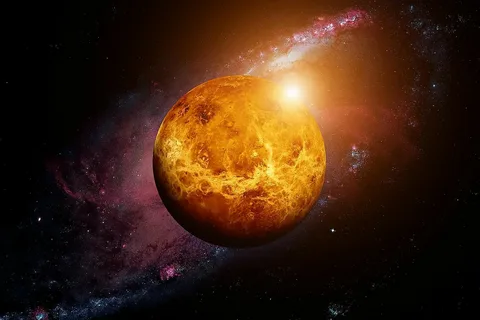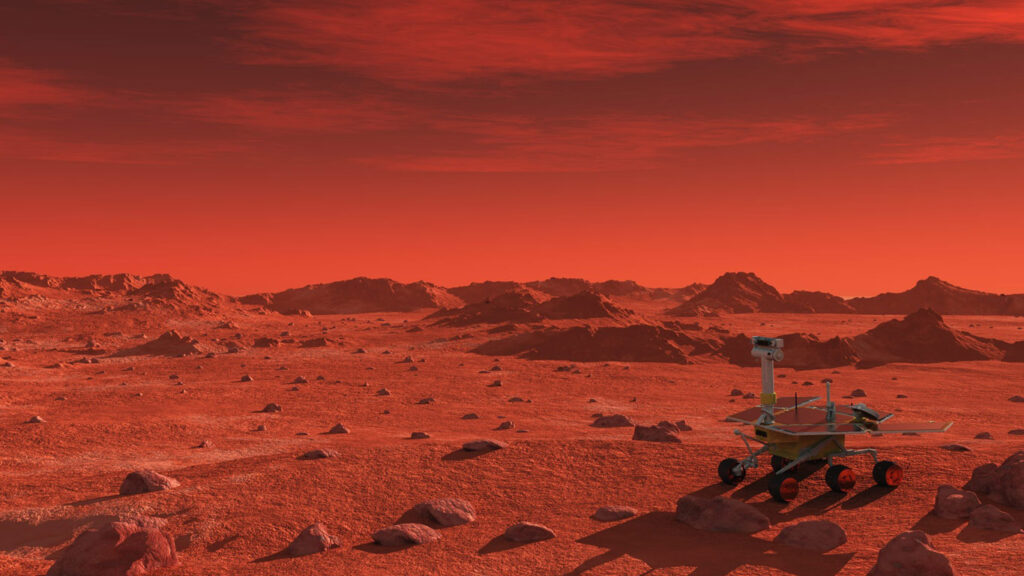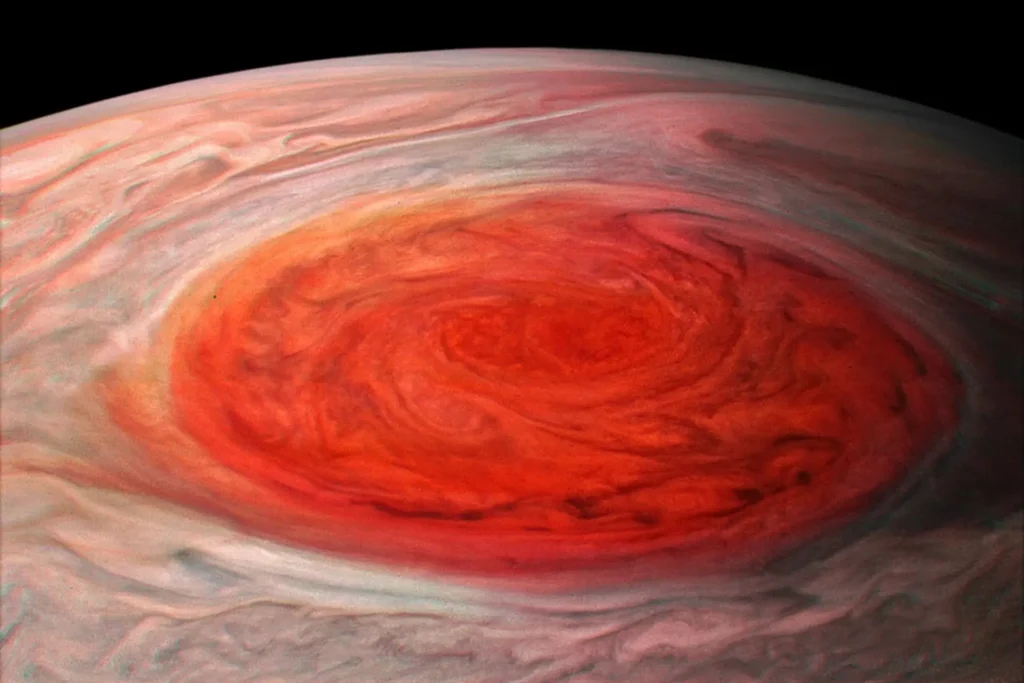The Solar System is a vast and intricate collection of celestial bodies that has fascinated humanity for centuries. From the blazing sun at its center to the distant icy realms of the Kuiper Belt, our Solar System is filled with mind-blowing facts that challenge our understanding of space and our place within it. Here are ten astonishing facts about our Solar System that highlight its complexity and wonder.
1. The Sun Dominates Our Solar System
The Sun is the heart of our Solar System, containing about 99.86% of its total mass. This immense gravitational force keeps the planets, moons, asteroids, and comets in orbit around it. In fact, the Sun is so massive that it is approximately 330,000 times the mass of Earth, making it the most significant object in our Solar System.
The Structure of the Sun
The Sun is composed of several layers:
- Core: The innermost layer, where nuclear fusion occurs, producing energy.
- Radiative Zone: Energy produced in the core moves outward through this zone, taking thousands of years to pass through.
- Convective Zone: In this outer layer, hot plasma rises to the surface, cools, and sinks back down, creating convection currents.
- Photosphere: This is the visible surface of the Sun, from which light is emitted.
- Chromosphere: A thin layer above the photosphere, visible during solar eclipses.
- Corona: The outer atmosphere, extending millions of kilometers into space, visible during total solar eclipses.
2. The Hottest Planet is Not the Closest

While Mercury is the closest planet to the Sun, it is not the hottest. That title belongs to Venus, which has an average surface temperature of about 875°F (approximately 465°C). This extreme heat is due to Venus’s thick atmosphere, composed mainly of carbon dioxide, which creates a runaway greenhouse effect, trapping heat effectively.
Venus’s Atmosphere
Venus’s atmosphere is about 90 times denser than Earth’s and is primarily made up of:
- Carbon Dioxide (96.5%): Responsible for the greenhouse effect.
- Nitrogen (3.5%): The second most abundant gas.
- Trace amounts of other gases: Such as sulfur dioxide, which contributes to the planet’s acidic clouds.
The intense pressure and temperature make Venus an inhospitable environment for life as we know it.
3. Mars is Cold, but Not the Coldest

Mars, often referred to as the “Red Planet,” has an average temperature around -60°C, making it as cold as the South Pole. However, it is not the coldest planet in our Solar System; that distinction goes to Uranus, with average temperatures reaching -220°C. Mars’s cold climate has led scientists to explore the potential for terraforming, such as using giant mirrors to reflect sunlight and warm the planet.
Mars’s Climate and Seasons
Mars experiences seasons similar to Earth due to its axial tilt of 25.2 degrees. However, its seasons are about twice as long because Mars takes 687 Earth days to complete one orbit around the Sun. The planet also has polar ice caps made of water and dry ice (frozen carbon dioxide), which grow and recede with the changing seasons.
4. Jupiter’s Great Red Spot

Jupiter is home to the Great Red Spot, a massive storm that has been raging for at least 300 years. This storm is so large that it could fit two to three Earths inside it. The Great Red Spot is a high-pressure region producing winds that can reach speeds of up to 400 miles per hour (640 kilometers per hour).
The Dynamics of the Great Red Spot
The Great Red Spot’s longevity and size are due to several factors:
- Jupiter’s Rapid Rotation: A day on Jupiter lasts only about 10 hours, which contributes to the storm’s intensity.
- Heat from the Planet’s Interior: Unlike Earth, where storms are driven by solar energy, the Great Red Spot is fueled by heat from Jupiter’s interior.
5. Ganymede: A Moon with a Salty Ocean
Jupiter’s largest moon, Ganymede, is unique in that it has a subsurface ocean containing more water than all of Earth’s oceans combined. This ocean is believed to be salty and may harbor conditions suitable for life. Ganymede is larger than Mercury and is the only moon known to have a magnetic field.
Exploration of Ganymede
Future missions, such as NASA’s Europa Clipper, aim to study Ganymede and its potential for life. The presence of a subsurface ocean raises intriguing questions about the moon’s habitability and the possibility of extraterrestrial life.
6. Saturn’s Rings are Mostly Water
Saturn’s stunning rings are composed mainly of ice particles, with estimates suggesting that about 90% of the material is water ice. These rings are not solid; they consist of countless small particles that range in size from tiny grains to large boulders. Saturn is one of four gas giants with ring systems, but its rings are the most extensive and brightest, making it a spectacular sight through telescopes.
The Origin of Saturn’s Rings
The rings are thought to have formed from the debris of comets, asteroids, or shattered moons that were torn apart by Saturn’s gravity. The rings are constantly evolving, with new particles being added and older ones being lost.
7. The Oort Cloud: The Edge of Our Solar System
Beyond the known planets lies the Oort Cloud, a theoretical region filled with icy bodies and debris. It is thought to be the source of long-period comets that enter the inner Solar System. If the Earth were scaled down to 1 centimeter from the Sun, the Oort Cloud would be about half a kilometer away, marking the boundary of our Solar System.
Characteristics of the Oort Cloud
- Distance: The Oort Cloud is estimated to extend from about 2,000 to 100,000 astronomical units (AU) from the Sun.
- Composition: It is believed to contain billions of icy objects, including comets and other small celestial bodies.
The Oort Cloud remains largely unobserved due to its vast distance and the faintness of its objects.
8. Neptune’s Lengthy Orbit
Neptune, the farthest planet from the Sun, takes an astonishing 165 Earth years to complete one orbit. This means that since its discovery in 1846, Neptune has only completed one full orbit around the Sun. Its distance and slow orbit contribute to its extreme cold and dynamic weather systems, including the fastest winds recorded in the Solar System.
Neptune’s Weather Patterns
Neptune’s atmosphere is characterized by:
- Strong Winds: Winds can reach speeds of up to 1,500 miles per hour (2,400 kilometers per hour).
- Storms: Similar to Jupiter, Neptune has storms, including the Great Dark Spot, which is comparable to Jupiter’s Great Red Spot.
The planet’s blue color is due to the presence of methane in its atmosphere, which absorbs red light.
9. Mercury’s Unique Day-Night Cycle
On Mercury, a single day lasts about 59 Earth days, while its year (the time it takes to orbit the Sun) is only 88 Earth days. This results in a unique day-night cycle where a day on Mercury is actually longer than its year. This peculiar rotation and orbit create extreme temperature variations on the planet’s surface.
Temperature Extremes on Mercury
- Daytime Temperatures: Can reach up to 800°F (427°C).
- Nighttime Temperatures: Can plummet to -330°F (-201°C).
These temperature extremes are due to Mercury’s thin atmosphere, which cannot retain heat.
10. The Solar System’s Formation
The Solar System formed approximately 4.6 billion years ago from a giant cloud of gas and dust known as the solar nebula. A shockwave from a nearby supernova likely triggered the collapse of this nebula, leading to the formation of the Sun at its center and the subsequent creation of the planets, moons, and other celestial bodies that we observe today.
The Process of Formation
- Nebula Collapse: The solar nebula collapsed under its own gravity, forming a spinning disk.
- Sun Formation: Most of the material accumulated at the center to form the Sun.
- Planet Formation: Remaining material coalesced into planetesimals, which collided and merged to form planets.
This process took millions of years and laid the foundation for the diverse Solar System we see today.
FAQs
Q1. What is the largest planet in our Solar System?
A1. The largest planet in our Solar System is Jupiter. It is a gas giant with a diameter of about 86,881 miles (139,822 kilometers) and is known for its Great Red Spot and numerous moons.
Q2. How many planets are in our Solar System?
A2. There are eight recognized planets in our Solar System: Mercury, Venus, Earth, Mars, Jupiter, Saturn, Uranus, and Neptune. Additionally, there are dwarf planets, such as Pluto.
Q3. What is the Kuiper Belt?
A3. The Kuiper Belt is a region beyond Neptune that contains many small icy bodies and dwarf planets, including Pluto. It is similar to the asteroid belt but is much larger and more distant from the Sun.
Q4. Can life exist on other planets in our Solar System?
A4. While Earth is the only planet known to support life, scientists are exploring the potential for life on other celestial bodies, such as Mars and the moons of Jupiter and Saturn, where conditions may be suitable for microbial life.
Q5. What is the significance of the Oort Cloud?
A5. The Oort Cloud is significant because it is thought to be the source of long-period comets that enter the inner Solar System. Its existence helps scientists understand the formation and evolution of our Solar System.
Conclusion
The Solar System is a remarkable and complex system that continues to inspire curiosity and exploration. From the massive gravitational pull of the Sun to the icy realms of the Oort Cloud, each fact reveals a piece of the intricate puzzle that makes up our cosmic neighborhood. As we continue to explore and learn more about our Solar System, we uncover even more astonishing truths about the universe we inhabit.







